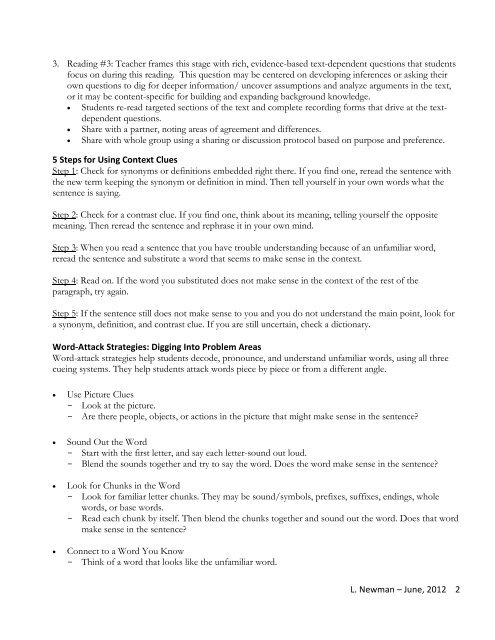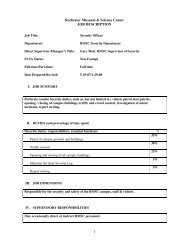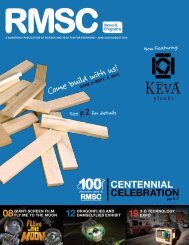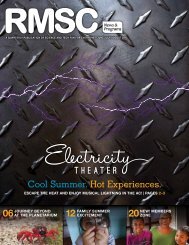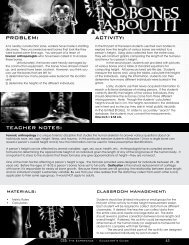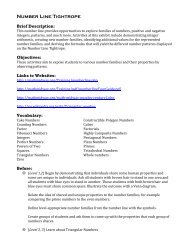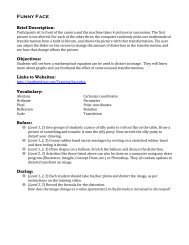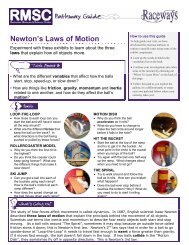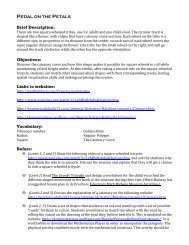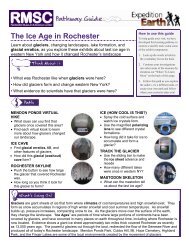Close Reading Protocol
Close Reading Protocol
Close Reading Protocol
Create successful ePaper yourself
Turn your PDF publications into a flip-book with our unique Google optimized e-Paper software.
3. <strong>Reading</strong> #3: Teacher frames this stage with rich, evidence-based text-dependent questions that students<br />
focus on during this reading. This question may be centered on developing inferences or asking their<br />
own questions to dig for deeper information/ uncover assumptions and analyze arguments in the text,<br />
or it may be content-specific for building and expanding background knowledge.<br />
• Students re-read targeted sections of the text and complete recording forms that drive at the textdependent<br />
questions.<br />
• Share with a partner, noting areas of agreement and differences.<br />
• Share with whole group using a sharing or discussion protocol based on purpose and preference.<br />
5 Steps for Using Context Clues<br />
Step 1: Check for synonyms or definitions embedded right there. If you find one, reread the sentence with<br />
the new term keeping the synonym or definition in mind. Then tell yourself in your own words what the<br />
sentence is saying.<br />
Step 2: Check for a contrast clue. If you find one, think about its meaning, telling yourself the opposite<br />
meaning. Then reread the sentence and rephrase it in your own mind.<br />
Step 3: When you read a sentence that you have trouble understanding because of an unfamiliar word,<br />
reread the sentence and substitute a word that seems to make sense in the context.<br />
Step 4: Read on. If the word you substituted does not make sense in the context of the rest of the<br />
paragraph, try again.<br />
Step 5: If the sentence still does not make sense to you and you do not understand the main point, look for<br />
a synonym, definition, and contrast clue. If you are still uncertain, check a dictionary.<br />
Word-Attack Strategies: Digging Into Problem Areas<br />
Word-attack strategies help students decode, pronounce, and understand unfamiliar words, using all three<br />
cueing systems. They help students attack words piece by piece or from a different angle.<br />
• Use Picture Clues<br />
- Look at the picture.<br />
- Are there people, objects, or actions in the picture that might make sense in the sentence?<br />
• Sound Out the Word<br />
- Start with the first letter, and say each letter-sound out loud.<br />
- Blend the sounds together and try to say the word. Does the word make sense in the sentence?<br />
• Look for Chunks in the Word<br />
- Look for familiar letter chunks. They may be sound/symbols, prefixes, suffixes, endings, whole<br />
words, or base words.<br />
- Read each chunk by itself. Then blend the chunks together and sound out the word. Does that word<br />
make sense in the sentence?<br />
• Connect to a Word You Know<br />
- Think of a word that looks like the unfamiliar word.<br />
L. Newman – June, 2012 2


